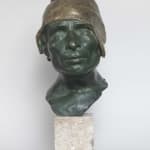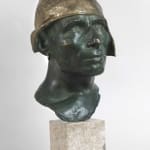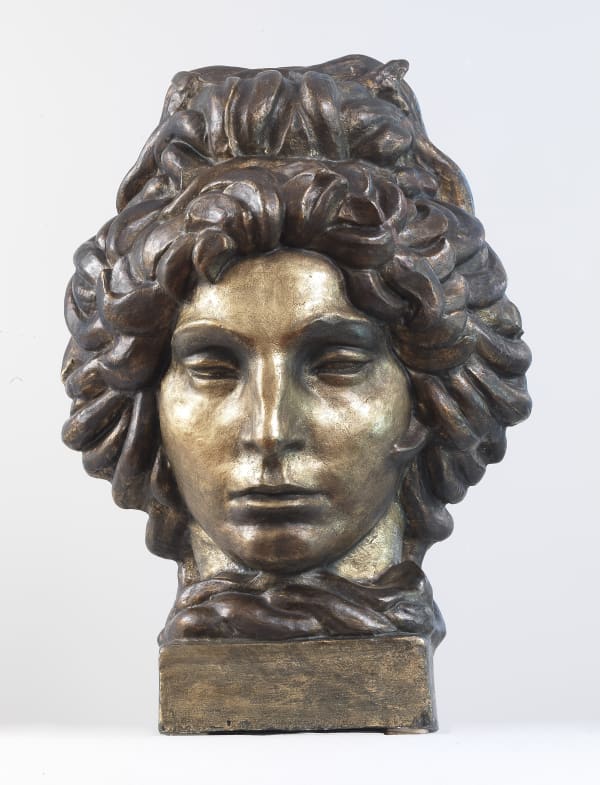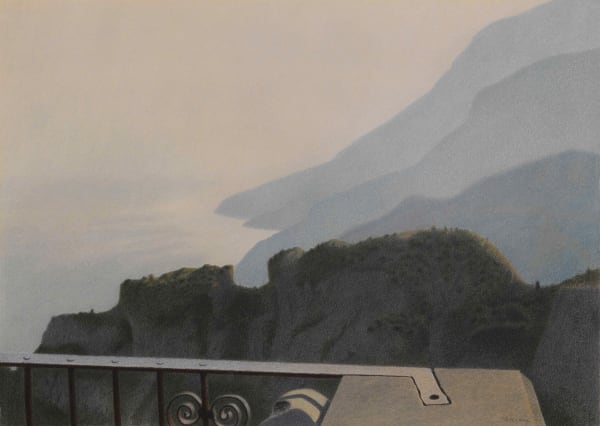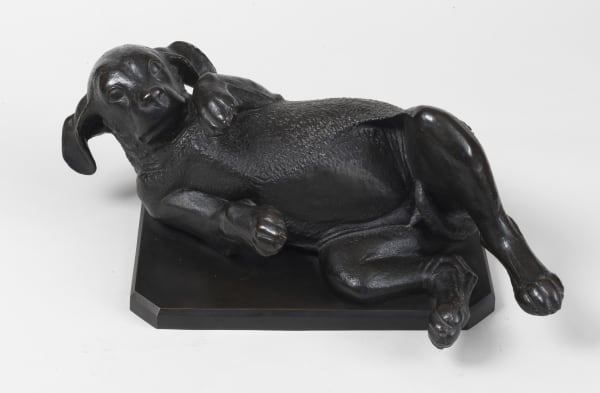

ACHILLE D'ORSI
Provenance
Rome, Private Collection
The Head of Carter presented here is a head casted in bronze and made by the Nepolitan sculptor Achille D’Orsi around 1879. He was considered the first Italian sculptor to be able to represent the misery and hardness in the work, through the realistic reproduction of fatigue and resignation of workers.
One of the peculiarities of this artist, in fact, consisted in representing a character of the folk, giving a face to the daily fatigue and the moral dignity of work.
The artistic evolution of Achille D’Orsi is linked to the artistic activity of the sculptor Vincenzo Gemito, with whom he shared the same preferences about subjects to represent such as scugnizzi, fishermen and street vendors. The influence of antiques and classicism also acted on both, but with different results: Gemito approached Hellenistic naturalism directly through the study of Herculaneum bronzes; for Achille D’Orsi the reference to the ancient world remained a somewhat external suggestion.
A clear example of this influence can be deduced from The Head of carter presented here. The bronze, with a green patina, portrays the head of a popular character, identifiable through details such as the earring worn on the right ear, and with physical characteristics that refer to types of true Neapolitan. The head belongs to one of the most successful strands of the sculptor’s production: the representation of people of the people such as street urchins, fishermen and street vendors made with obvious references, above all formal, to the classical-Hellenistic sculpture, admired by the artist in the Museo Archeologico Nazionale in Naples.
This bleak portrayal of a carter, represented at the end of a hard workday, is the symbol of the brutal realism typical of sculptures by Achille D’Orsi, which has impressed his contemporaries for the acute description of the themes treated, such as the social injustice.
As a matter of fact this sculpture differs from all the other models for a very refined detail, the golden cap, which gives a great brightness to the head.
A second model of the same subject portrayed by the artist is now preserved in the Galleria Nazionale di Arte Moderna in Rome (Fig.1).The small bronze was exhibited at the XXXVIII Exhibition of the Promotrice di Belle Arti in Turin in 1879, where it was strongly appreciated by Marco Calderini, who claimed that the work of D’Orsi wasthe only significant sculpture among those exposed (Calderini,1879, II, p.327).
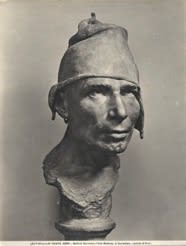
Fig.1 Achille D’Orsi, Head of carter, Rome, Galleria Nazionale d’Arte Moderna, bronze, h cm 40, widht 23, depht 27
After numerous successful exhibitions abroad, including the International Exhibition of Munich in 1883, the Universal of Antwerp in 1885 and the Universal Exhibition of Saint Louis in 1904, the sculptor established himself as one of the major exponents of the Italian social realism, contributing to the diffusion of realist sculpture in Italy. Particularly in Milan, he distinguished himself for the participation at the Exposition of Brera in 1878, where he presented Head of sailor(Fig. 2), a bronze now preserved preserved in the Galleria Nazionale di Arte Moderna in Rome, for whose realization the artist was inspired by the Greek and Roman statuary models admired in Pompeii, Herculaneum and Naples.
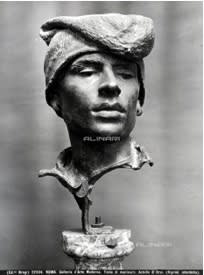
Fig.2 Achille D’Orsi, Head of sailor, bronze, Roma, Galleria Nazionale d’Arte Moderna
The artworks by Achille D’Orsi appeared at the Universal Exposition of Paris in 1878, achieving great success, but he preferred to pursue his academic career as a free teacher of sculpture. Now recognized as one of the most prestigious figures of the Neapolitan art of the time, numerous were the honors conferred on Achille D’Orsi by various academies of Italy: he was among the other honorary professor of the Academy of fine arts of Carrara, academic National of the Royal Albertina Academy of Turin and honorary academic of the Royal Academy of Fine Arts of Venice.
Join the mailing list
Subscribe to our newsletter to receive all the news about exhibitions, fairs and new acquisitions!
